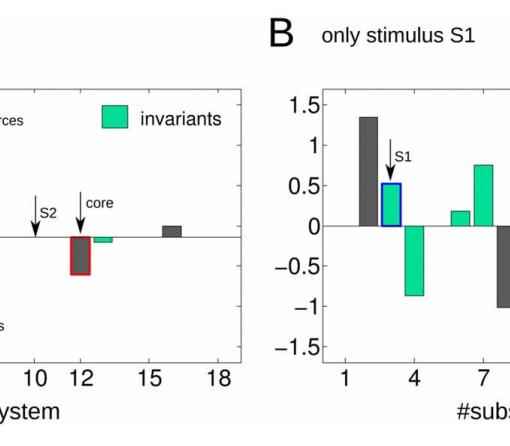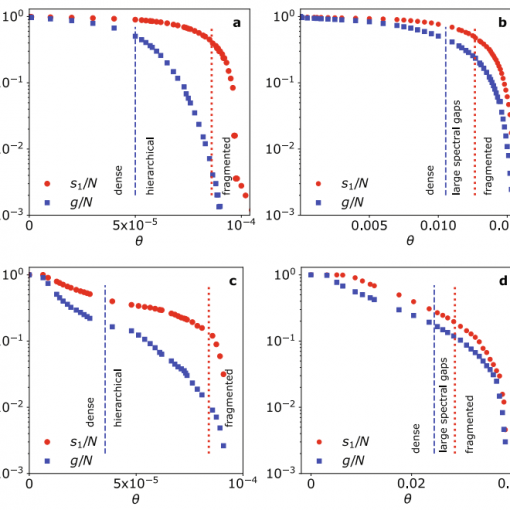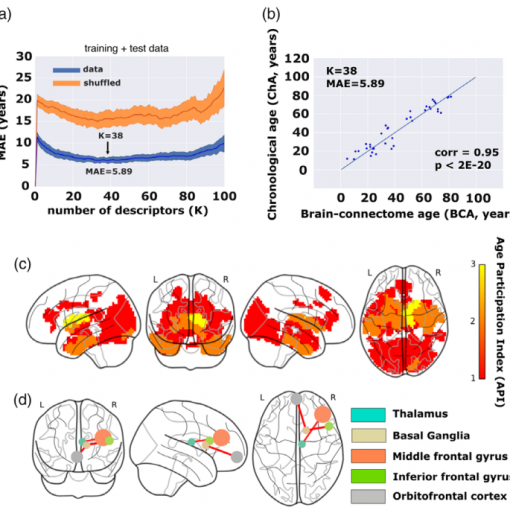A. Erramuzpe, G.J. Ortega, J. Pastor, R. G. de Sola, D. Marinazzo, S. Stramaglia and J.M. Cortes. Identification of redundant and synergetic circuits in triplets of electrophysiological data. Journal of Neural Engineering 12: 066007 , 2015 [pdf] [arxiv]
Objective. Neural systems are comprised of interacting units, and relevant information regarding their function or malfunction can be inferred by analyzing the statistical dependencies between the activity of each unit. Whilst correlations and mutual information are commonly used to characterize these dependencies, our objective here is to extend interactions to triplets of variables to better detect and characterize dynamic information transfer. Approach. Our approach relies on the measure of interaction information (II). The sign of II provides information as to the extent to which the interaction of variables in triplets is redundant (R) or synergetic (S). Three variables are said to be redundant when a third variable, say Z, added to a pair of variables (X,Y), diminishes the information shared between X and Y. Similarly, the interaction in the triplet is said to be synergetic when conditioning on Z enhances the information shared between X and Y with respect to the unconditioned state. Here, based on this approach, we calculated the R and S status for triplets of electrophysiological data recorded from drug-resistant patients with mesial temporal lobe epilepsy in order to study the spatial organization and dynamics of R and S close to the epileptogenic zone (the area responsible for seizure propagation). Main results. In terms of spatial organization, our results show that R matched the epileptogenic zone while S was distributed more in the surrounding area. In relation to dynamics, R made the largest contribution to high frequency bands (14-100Hz), whilst S was expressed more strongly at lower frequencies (1-7Hz). Thus, applying interaction information to such clinical data reveals new aspects of epileptogenic structure in terms of the nature (redundancy vs. synergy) and dynamics (fast vs. slow rhythms) of the interactions. Signficance. We expect this methodology, robust and simple, can reveal new aspects beyond pair-interactions in networks of interacting units in other setups with multi-recording data sets (and thus, not necessarily in epilepsy, the pathology we have approached here).





